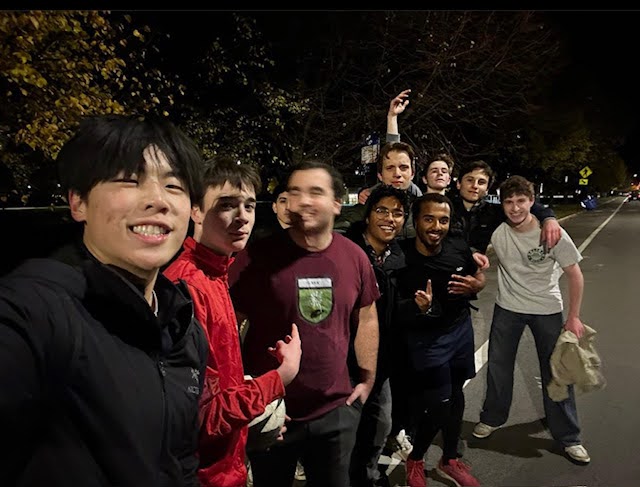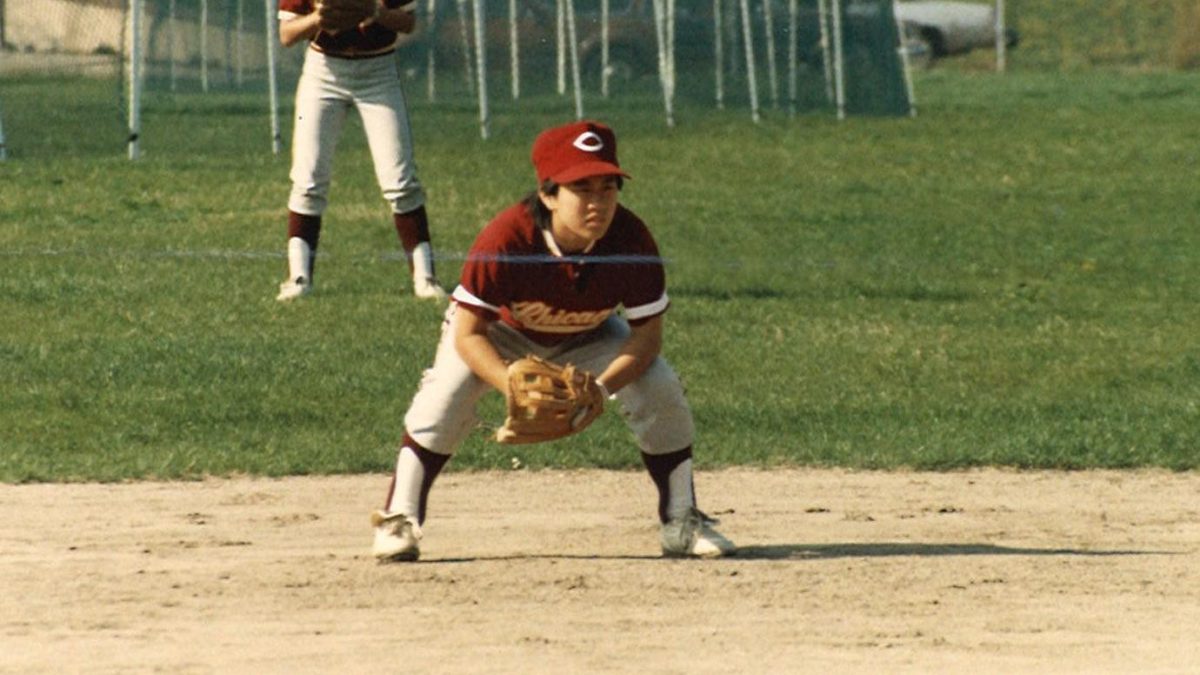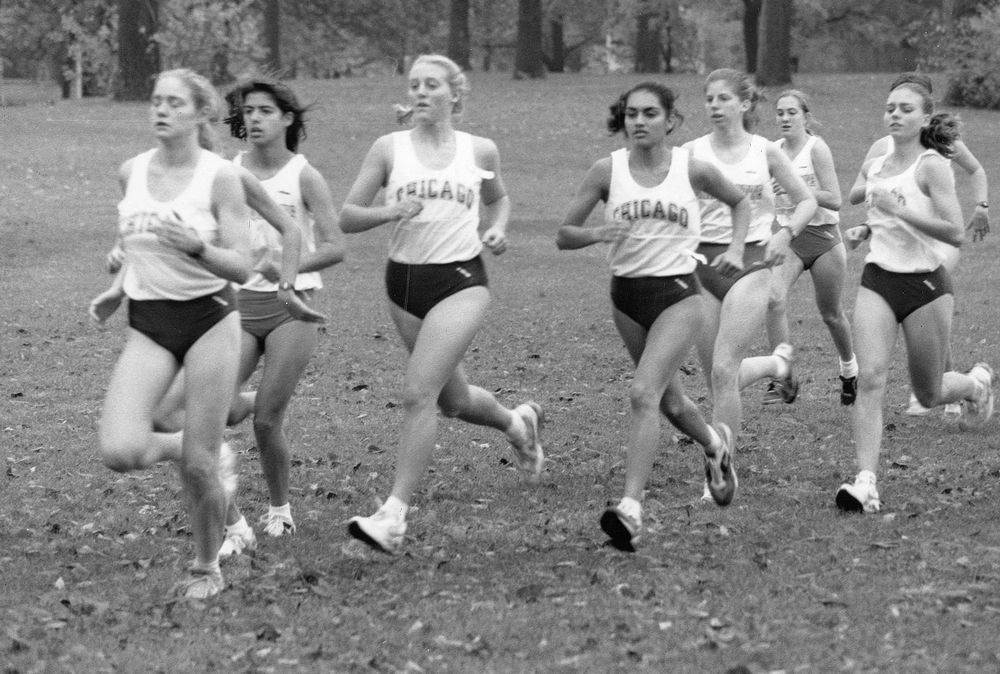The sudden end to the cold, depressing Chicago winter should come as no surprise. We all somehow survived the hardest four months of the year and have finally caught that first whiff of the spring’s green grass. The blue, cloud-dotted skies are that much brighter now that pitchers and catchers have at long last reported to spring training.
From a Chicago perspective, a lot of the off-season hot-stove league news has favored the North Side Cubs, but South Siders shouldn’t feel like they have to look past Sox-35th for some of the most important news of the winter: Phase IV of the massive renovations to new Comiskey Park.
When the White Sox sold the naming rights of their stadium to U.S. Cellular last year for 30 years and $68 million, just about all of Chicago, including me, let out a collective groan. The commercialization of stadium names in baseball has been a disappointing but inevitable trend that has taken another chunk out of the timelessness and warmth of baseball. Houston’s Minute Maid Park (once Enron Field), San Francisco’s SBC Park (once Pacific Bell Park), and Miami’s Pro Player Stadium (still retaining its name after the underwear company went out of business a decade ago) are sufficient to see that corporate names lack the staying power, let alone meaning, that Fenway Park and Yankee Stadium hold.
The renaming of new Comiskey Park, built in 1991, to U.S. Cellular Field seemed at first to be yet another way in which the White Sox’s new stadium was going to be distanced from the original, more intimate (old) Comiskey Park. But instead of pocketing the money like most baseball owners have done, the club is putting the new source of revenue towards a five-phase renovation plan that wipes away some of U.S. Cellular’s imposing and impersonal structure.
That shift is a big one for the White Sox organization, considering that in 1988 CEO Jerry Reinsdorf issued an ultimatum that the city of Chicago build his team a stadium or it lose it to St. Petersburg. Of course, a year later, the city scrounged up the $167 million of public money to build the “concerned” Reinsdorf his stadium.
Other owners have used the same tactics, although not all have been as successful as the White Sox chairman. In most other cities, including Milwaukee where another “concerned” owner, Commissioner Bud Selig, was feigning the imminent doomsday of his team, the owners have been responsible for a portion of the bill. At the time, Reinsdorf saw Selig’s move as an unnecessary concession to the public.
“It’s absurd that he’s putting up that kind of money,” Reinsdorf said in an interview with the Milwaukee Journal-Sentinel. “Selig’s too nice a guy. He doesn’t like to play hardball, but that’s the only game you can play with politicians.”
Yet the necessity of obtaining private financing has hardly been a difficult obstacle, especially with the advent of naming rights deals. The owners have been exclusively allowed to sell the naming rights of stadiums—despite the public’s tax contributions—and put the money towards their own portion of the stadium’s cost. In some cases, they’ve even been allowed to just keep the money.
For once, however, fans should not be opposed to this type of business deal. If you haven’t yet seen how different Comiskey looks from the Red Line, you will be surprised at how much more welcoming it looks. When this winter’s renovations are completed, the absolutely most offensive part of the stadium, the steep upper deck, will have been completely redone. This is part of a larger project that includes removing the top eight rows of seats (6,600 in all), completely enclosing the frigid and often empty upper concourse, and replacing the old barren canopy-style roof with a flat, ornamented one that covers most of the seats.
While the changes may not sound all that significant, they will make a big difference in the ballpark experience. A big part of the empty feeling of White Sox games comes from the way the crowd dispersed throughout the park’s vast and numerous sections. By eliminating many of the worst nosebleed seats, people will now be forced to sit closer together in the upper deck, while others will likely fill out the lower deck.
That change, along with the addition of the overhanging roof, should significantly increase the noise level of the stadium. The acoustic problem with bowl-shaped stadiums is that there is nothing to keep the sound bouncing around the ears of the fans. At times I felt that I could barely hear the person three rows behind me, especially when compared to Cubs games. A more enclosed seating deck will help focus the sound around the fans and the field.
Aesthetically, the improvements will be great as well. They will help bring new Comiskey closer to the design it very obviously tried to imitate: that of pre-1973 Yankee Stadium (which had much better aesthetics than the overly glorified model that stands today). When looking in from the outfield, the stands will actually have a distinct character to them rather than just being a generic sea of seats. From parts of the upper deck, one will be able to see the skyline to the north. Perhaps most obviously, the park will just look older; it will look like the ballpark it should have been 13 years ago.
Despite the improvements, Comiskey will still not be Wrigley Field simply because of the design of its seating bowls. Instead of trying to bring the upper deck closer to the action by having it overhang the lower deck, the Sox’s stadium was built with luxury suites in mind, and the three-story wall of them that goes around all of foul territory remains in place. As the seating bowls go further out, they go further up. Removing the back rows will not change the scary fact that the first row of the upper deck in the new park is still farther and higher than the very last row in the original park.
What will change, however, is the feel of those seats. They will still be in another zip code than home plate, but if the smaller capacity and overhanging roof help squeeze the crowd together, it will probably result in less of a disconnected, aerial feeling in the seats.
New Comiskey Park is still not Wrigley, Tiger Stadium, or Fenway, but fans should be happy that their concerns have been taken into consideration. Perhaps the White Sox will finally be able to present fans with a ballpark worthy of its predecessor.







